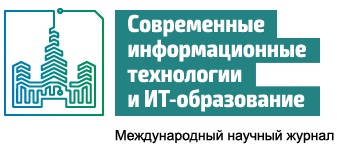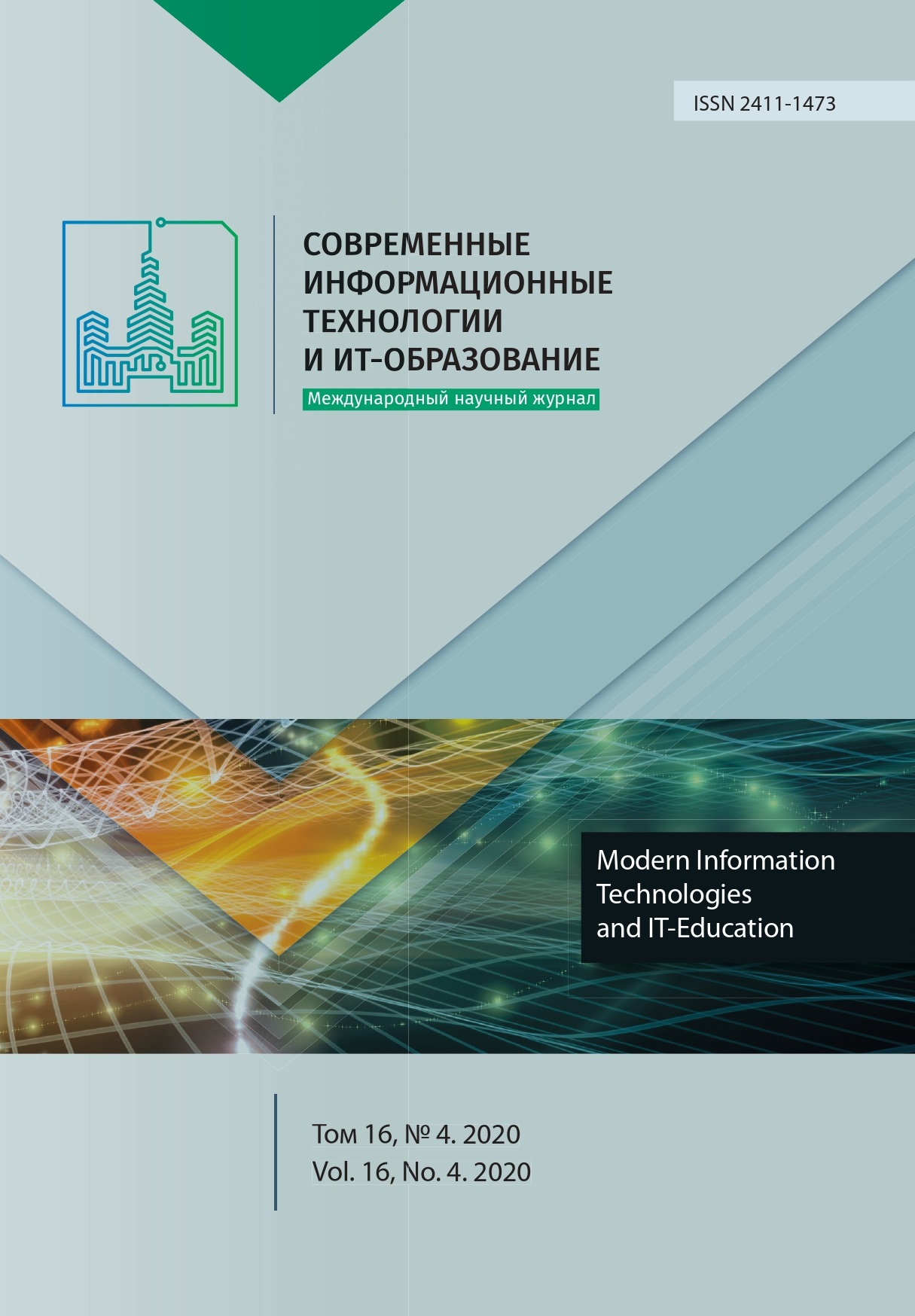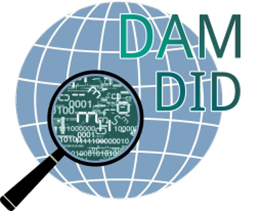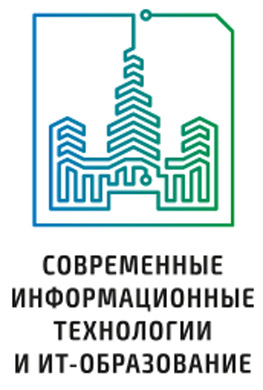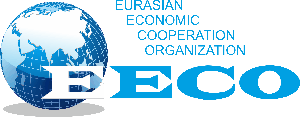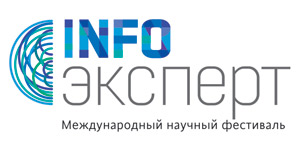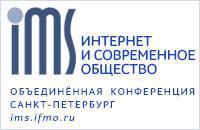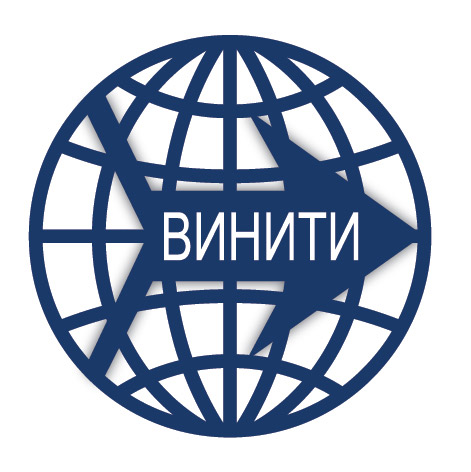Роль администрирования сетей в школах
Исследование организации информационной инфраструктуры внутри школ
Аннотация
Особое внимание было обращено авторами на изучение того, что из себя представляет администрирование и как применить этот комплекс работ на конкретном примере. В данной статье рассматриваются различные особенности и аспекты администрирования и обеспечения безопасности сетей в учебных учреждениях. Данная публикация поможет рассмотреть возможные проблемы в работе и планировании школьной сети, выявленные методами исследования и анализа теоретического материала, при реализации этих сетей и обеспечения их функционирования. Также в статье проведено исследование, в рамках которого было выявлено, что большинство школ имеют внутреннюю сеть с выходом в интернет, имеют защиту от несанкционированного доступа. Исследование проводилось с помощью опроса различных школ на предмет цифровизации информационного пространства и осуществление безопасности внутри информационного пространства. Множество директоров, а также учителей информатики, пройдя опрос были крайне удивлены общими результатами. Но даже несмотря на то, что у большинства школ есть системные администраторы в штате сотрудников, в работе сетей часто происходят сбои или возникают различные проблемы из-за недостаточной модерации сети. По итогу результатов исследования и их анализа был предложен авторский концепт для устранения этих выявленных проблем. Кроме того, в статье рассматривается какие цели и задачи в первую очередь должен выполнять системный администратор в школе. Все необходимые меры и способы обеспечения как безопасности, так и упрощении способа передачи файлов рассмотрены в статье.
Литература
[2] Samerhanova E.K., Balakin M.A. Training managers of professional educational programs for work in the digital environment of the university. Vestnik of Minin University. 2020; 8(2):4. (In Russ., abstract in Eng.) DOI: https://doi.org/10.26795/2307-1281-2020-8-2-4
[3] Ponachugin A.V. Monitoring the quality of education as an important factor of preparation of bachelors in the field of applied informatics. Vestnik of Minin University. 2020; 8(1):4. (In Russ., abstract in Eng.) DOI: https://doi.org/10.26795/2307-1281-2020-8-1-4
[4] Fengling W., Zhiqiang W. Explore and Analyse of Computer Network Security Technique and Defence Tactics. In: Dai M. (ed.) Innovative Computing and Information. ICCIC 2011. Communications in Computer and Information Science. 2011; 231:262-268. Springer, Berlin, Heidelberg. (In Eng.) DOI: https://doi.org/10.1007/978-3-642-23993-9_39
[5] Tengaikin E.A. Organizacija setevogo administrirovanija. Setevye operacionnye sistemy, servery, sluzhby i protokoly [Organization of network administration. Network operating systems, servers, services and protocols]. Lan; 2020. (In Russ.)
[6] Khenner E., Semakin I. School Subject Informatics (Computer Science) in Russia: Educational Relevant Areas. ACM Transactions on Computing Education. 2014; 14(2):14. (In Eng.) DOI: https://doi.org/10.1145/2602489
[7] Chen B. On Protection Strategies for Computer Network Information Security and Its Key Technologies. In: Yang C.T., Pei Y., Chang J.W. (ed.) Innovative Computing. Lecture Notes in Electrical Engineering. 2020; 675:643-649. Springer, Singapore. (In Eng.) DOI: https://doi.org/10.1007/978-981-15-5959-4_78
[8] Hanspach M., Keller J. In Guards We Trust: Security and Privacy in Operating Systems Revisited. In: 2013 International Conference on Social Computing. Alexandria, VA, USA; 2013. p. 578-585. (In Eng.) DOI: https://doi.org/10.1109/SocialCom.2013.87
[9] Tam K., Salvador M.H. et al. Chapter 8 - Analyzing your Security Information with FortiAnalyzer. UTM Security with Fortinet. Mastering FortiOS, Elsevier Inc.; 2013. p. 307-322. (In Eng.) DOI: https://doi.org/10.1016/B978-1-59-749747-3.00008-9
[10] Govindaraju C.S., Prabhavathi C.N. Administration based on network computing for enterprise systems: Enhancing the efficiency of network based administration. In: 2017 International Conference on Circuits, Controls, and Communications (CCUBE). Bangalore, India; 2017. p. 91-94. (In Eng.) DOI: https://doi.org/10.1109/CCUBE.2017.8394175
[11] Hunt C. TCP/IP Network Administration. 3rd Edition. O'Reilly Media, Inc.; 2002. (In Eng.)
[12] Ahmad I., Namal S., Ylianttila M., Gurtov A. Security in Software Defined Networks: A Survey. IEEE Communications Surveys & Tutorials. 2015; 17(4):2317-2346. (In Eng.) DOI: https://doi.org/10.1109/COMST.2015.2474118
[13] Kirkpatrick K. Software-defined networking. Communications of the ACM. 2013; 56(9):16-19. (In Eng.) DOI: https://doi.org/10.1145/2500468.2500473
[14] Cigas J.F. A computer networking laboratory for administration and networking. In: 32nd Annual Frontiers in Education. Boston, MA, USA; 2002. p. T3D-. (In Eng.) DOI: https://doi.org/10.1109/FIE.2002.1157970
[15] Jones W.T., McGuirt F.M. Telecommunications and computer science: two merging paradigms. ACM SIGCSE Bulletin. 1991; 23(4):13-22. (In Eng.) DOI: https://doi.org/10.1145/122697.122699
[16] Martin L. The Promise of the Maker Movement for Education. Journal of Pre-College Engineering Education Research. 2015; 5(1):4. (In Eng.) DOI: https://doi.org/10.7771/2157-9288.1099
[17] Li Y., Huang Gq., Wang Cz., Li Yc. Analysis framework of network security situational awareness and comparison of implementation methods. EURASIP Journal on Wireless Communications and Networking. 2019. Article number: 205. (In Eng.) DOI: https://doi.org/10.1186/s13638-019-1506-1
[18] Hesson M., Al-Ameed H. An Electronic Management System. In: 2012 7th International Conference on Computing and Convergence Technology (ICCCT). Seoul, Korea (South); 2012. p. 938-943. (In Eng.)
[19] Harerimana J.P., Ng’umbi M. The Role of School Infrastructure and Components in Effective Implementation of Educational Management Information System (EMIS) in Schools of Excellence in Nyarugenge District, Rwanda. International Journal of Research and Scientific Innovation. 2019; 6(8):173-178. Available at: https://www.rsisinternational.org/journals/ijrsi/digital-library/volume-6-issue-8/173-178.pdf (accessed 24.10.2020). (In Eng.)
[20] Teichroew D. Education related to the use of computers in organizations. Communications of the ACM. 1971; 14(9):573-588. (In Eng.) DOI: https://doi.org/10.1145/362663.362729
[21] Nunamaker J.F. Educational programs in information systems: a report of the ACM curriculum committee on information systems. Communications of the ACM. 1981; 24(3):124-133. (In Eng.) DOI: https://doi.org/10.1145/358568.358580
[22] Cifrovye tehnologii v rossijskom obrazovanii: shagi razvitija [Digital technologies in Russian education: development steps]. In: Uvarov A.Yu., Frumin I.D. (ed.). Trudnosti i perspektivy tsifrovoy transformatsii obrazovaniya = Difficulties and prospects of digital transformation of education; Moscow, Higher School of Economics Publ.; 2019. p. 43-121. (In Russ.) DOI: https://doi.org/10.17323/978-5-7598-1990-5
[23] Sunar O.B., Tabancali E. Ethic Behaviours of Schools Administrations. Procedia – Social and Behavioral Sciences. 2012; 46:2457-2461. (In Eng.) DOI: https://doi.org/10.1016/j.sbspro.2012.05.502
[24] Kumargazhanova S., Zhomartkyzy G., Soltan G., Suleymenova L. Analytical monitoring model of educational system. In: Proceedings of the 5th International Conference on Engineering and MIS (ICEMIS '19). Association for Computing Machinery, New York, NY, USA; 2019. Article 14. p. 1-5. (In Eng.) DOI: https://doi.org/10.1145/3330431.3330445
[25] Anciaux N. et al. Personal Data Management Systems: The security and functionality standpoint. Information Systems. 2019; 80:13-35. (In Eng.) DOI: https://doi.org/10.1016/j.is.2018.09.002

Это произведение доступно по лицензии Creative Commons «Attribution» («Атрибуция») 4.0 Всемирная.
Редакционная политика журнала основывается на традиционных этических принципах российской научной периодики и строится с учетом этических норм работы редакторов и издателей, закрепленных в Кодексе поведения и руководящих принципах наилучшей практики для редактора журнала (Code of Conduct and Best Practice Guidelines for Journal Editors) и Кодексе поведения для издателя журнала (Code of Conduct for Journal Publishers), разработанных Комитетом по публикационной этике - Committee on Publication Ethics (COPE). В процессе издательской деятельности редколлегия журнала руководствуется международными правилами охраны авторского права, нормами действующего законодательства РФ, международными издательскими стандартами и обязательной ссылке на первоисточник.
Журнал позволяет авторам сохранять авторское право без ограничений. Журнал позволяет авторам сохранить права на публикацию без ограничений.
Издательская политика в области авторского права и архивирования определяются «зеленым цветом» в базе данных SHERPA/RoMEO.
Все статьи распространяются на условиях лицензии Creative Commons «Attribution» («Атрибуция») 4.0 Всемирная, которая позволяет другим использовать, распространять, дополнять эту работу с обязательной ссылкой на оригинальную работу и публикацию в этом журналe.
